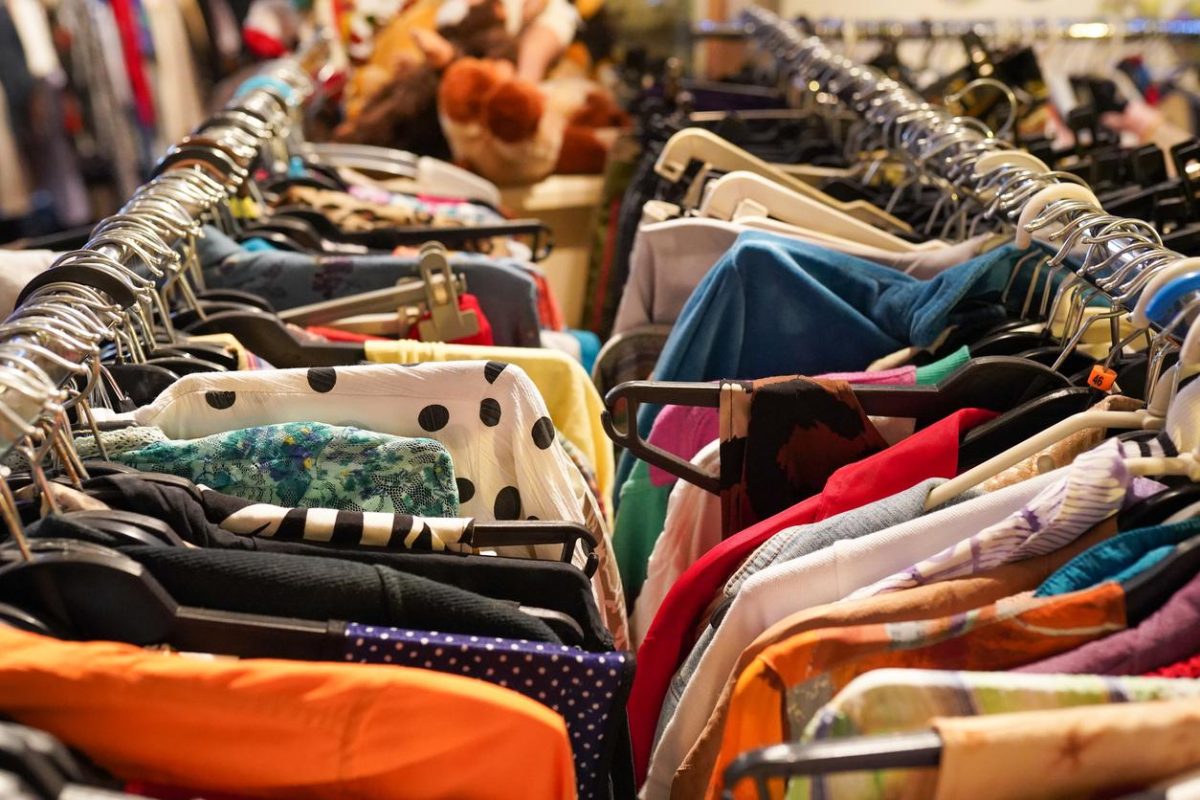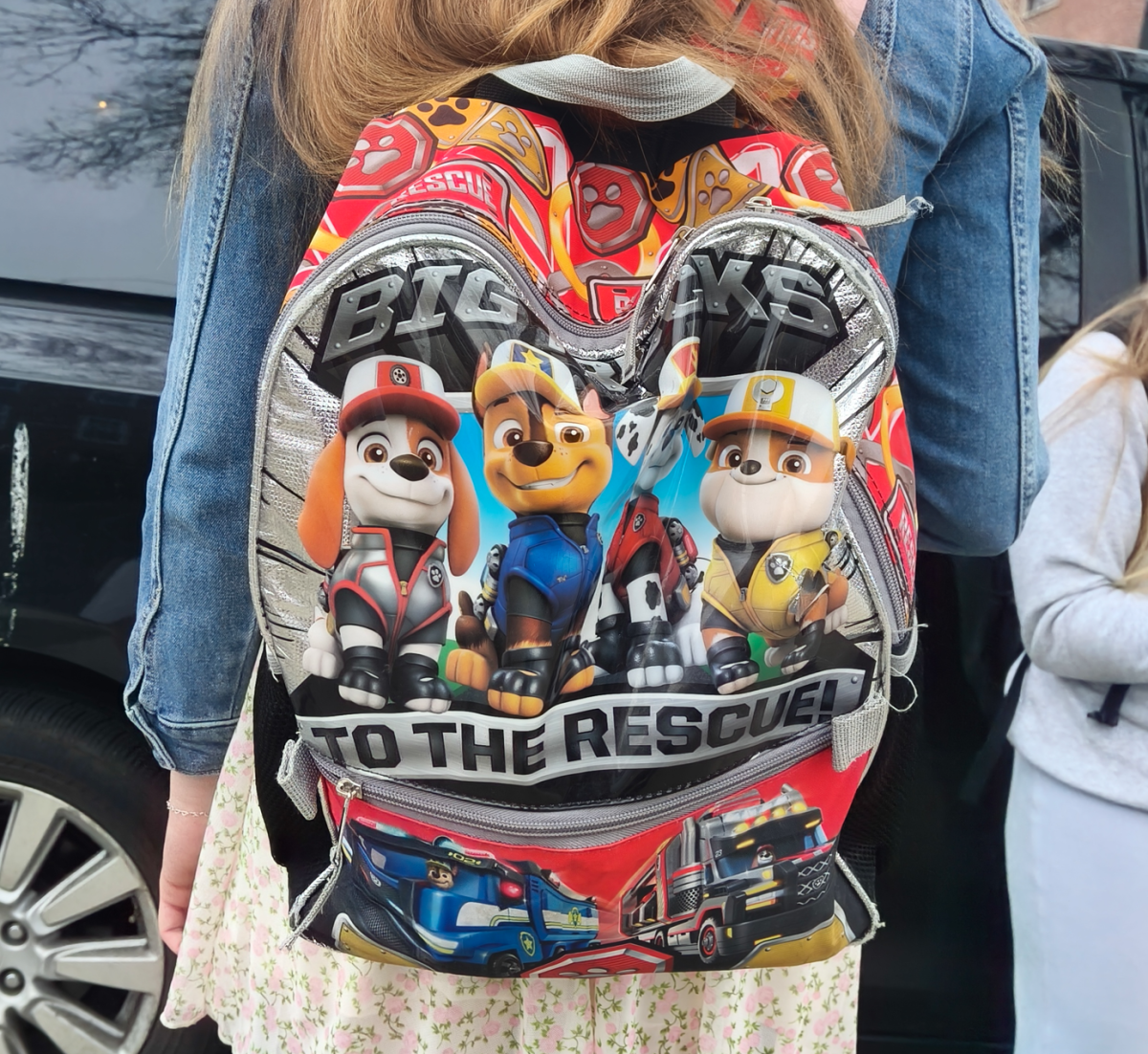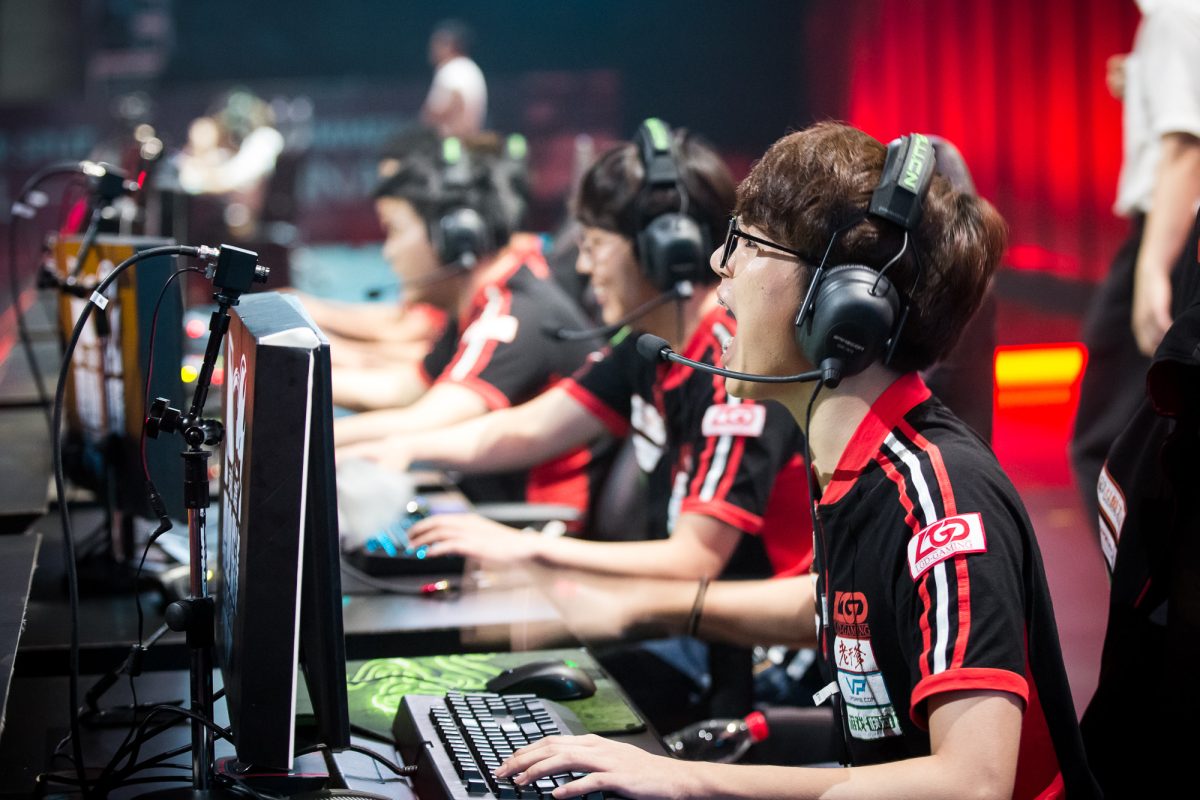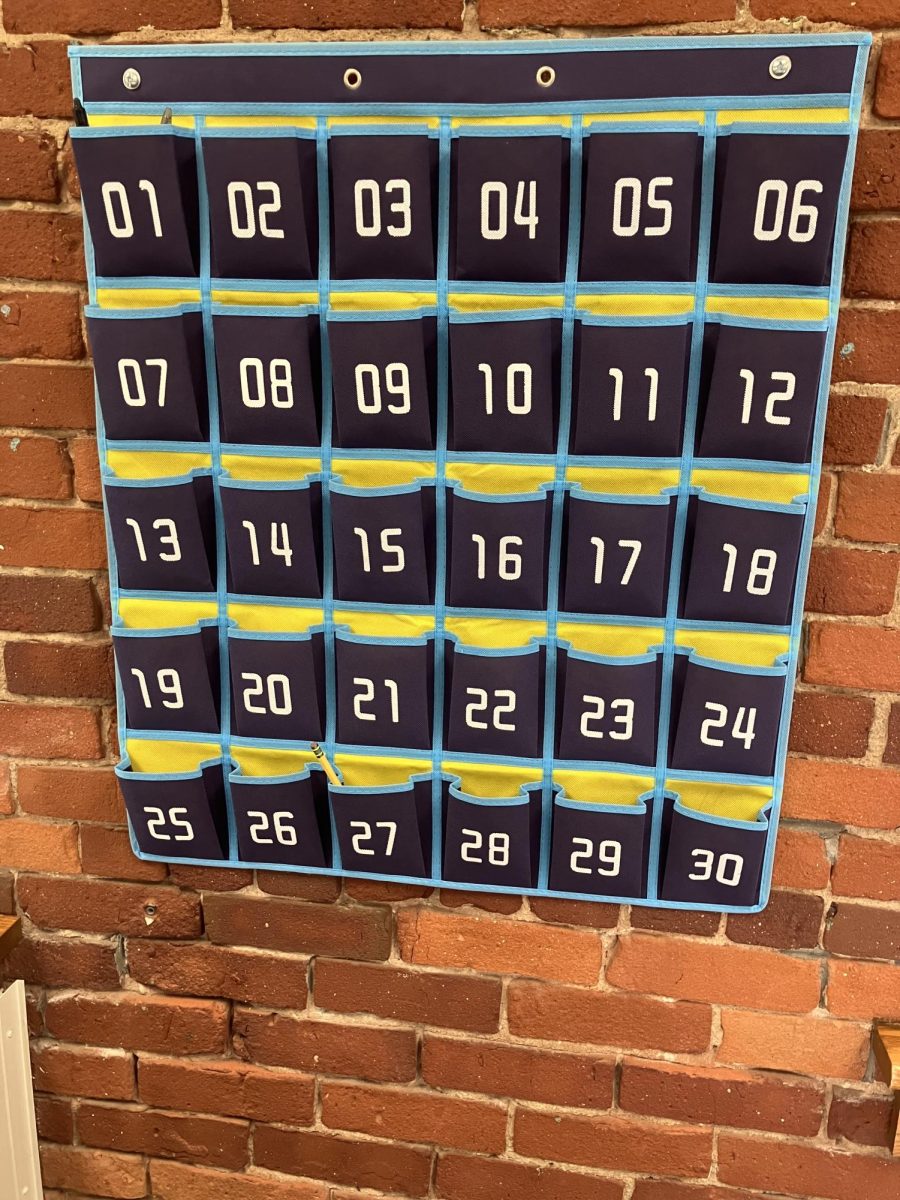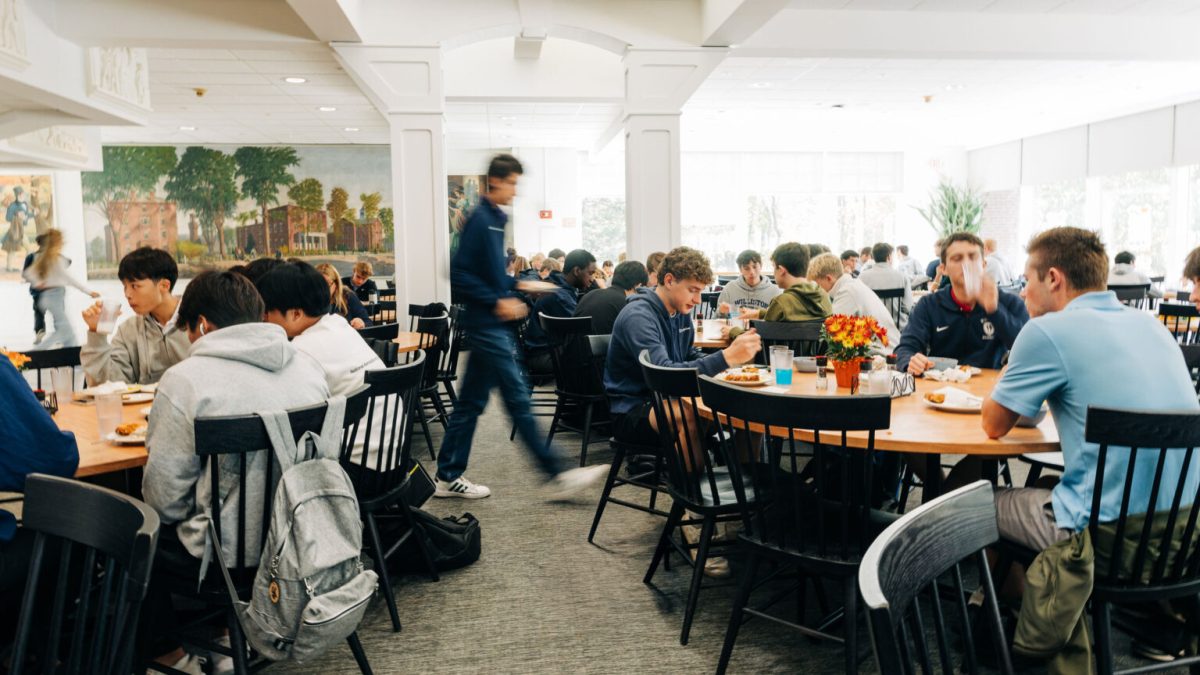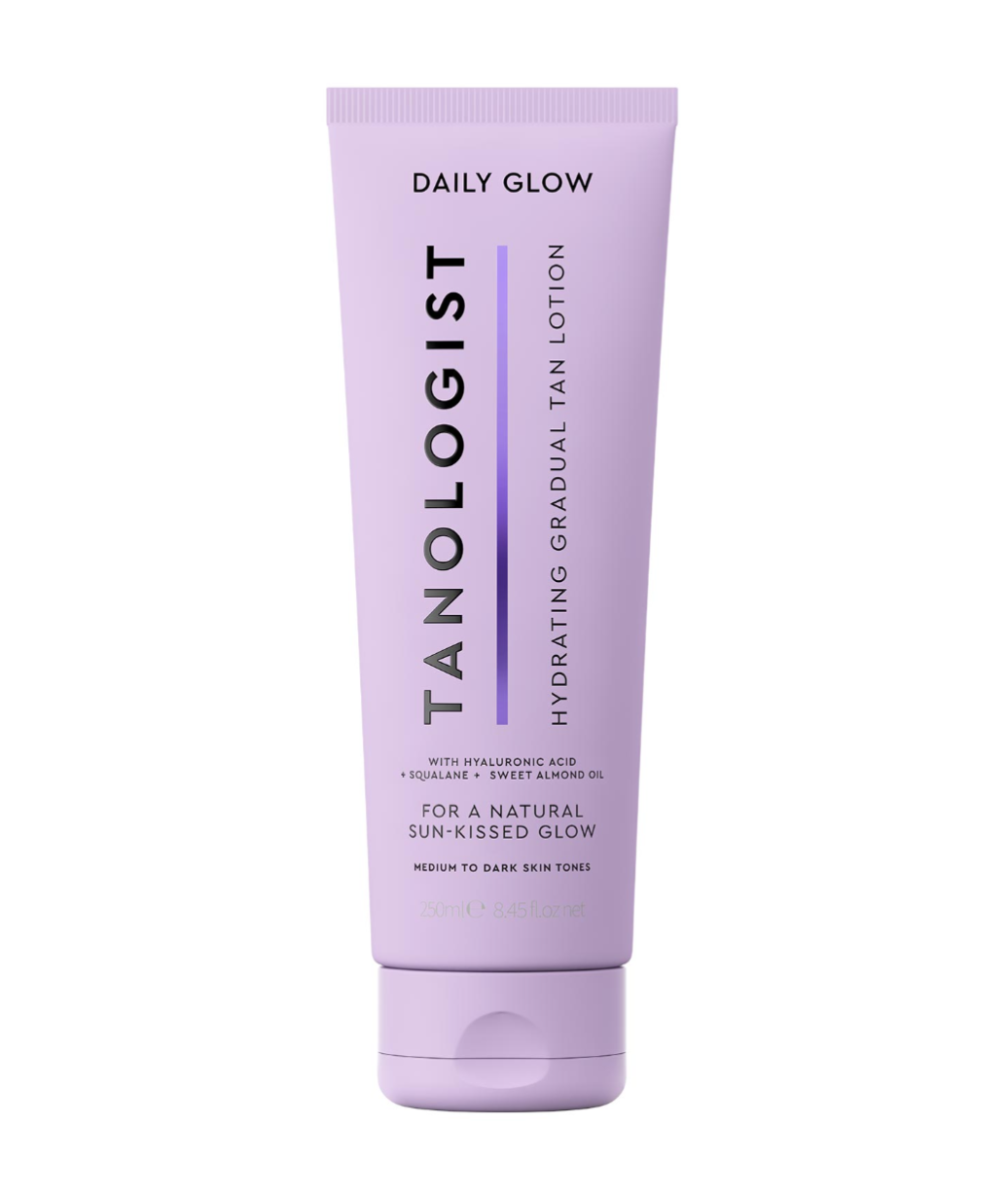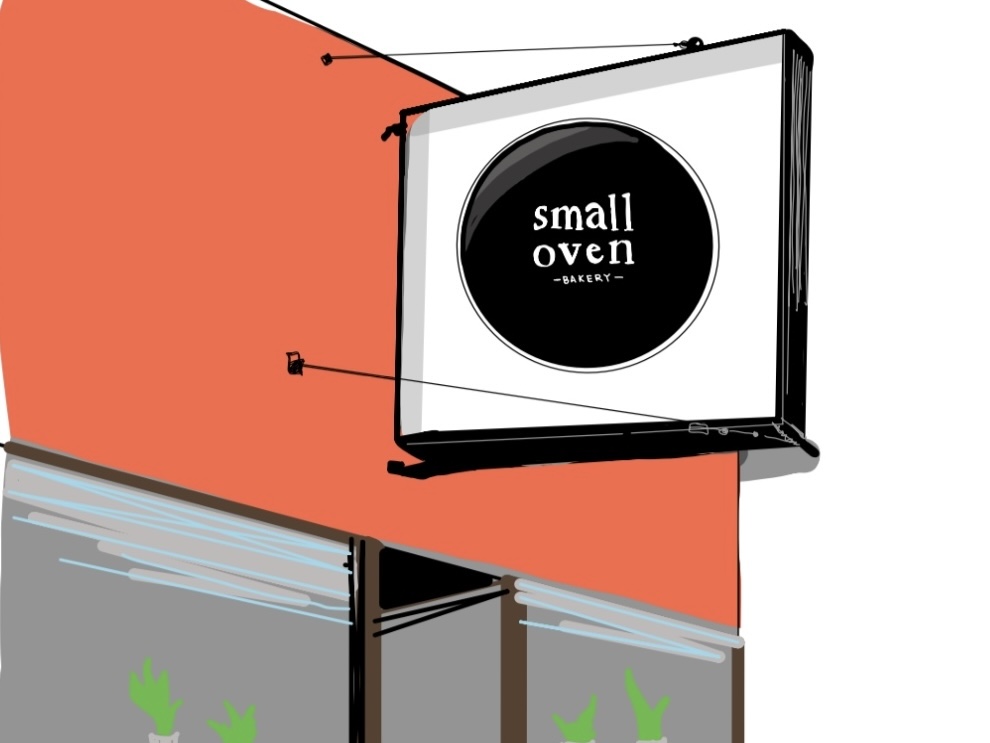As fast fashion declines in popularity, many people opt for vintage and consignment wear, others have begun to wonder if thrifting is simply materialistic greed.
Buying secondhand items inherently costs less and allows for more money to be put toward the ever-increasing cost of living. Younger generations are inspired by influencers and sustainability awareness, turning away from the corruptive industry that is fast fashion.
Chain stores like Goodwill, The Salvation Army, and Buffalo Exchange make up 28% of the thrift industry and are go-to’s for many shoppers, while independent stores constitute the other 72%, supporting more small-town thrift junkies, according to the National Association of Resale and Thrift Shops. Online alternatives such as Depop and ThredUp have increased in popularity as well, providing more for stay-at-home retail shoppers. According to Capitol One, secondhand shopping is a $53 billion industry with over 25,000 shops in the United States alone.
The industry is loosening its grip on what defines fashion, leading to a reemergence for thrift culture. People all over the world, especially teens, find their unique clothing style and sustain the environment through thrift. But the question arises, is this just a new way of getting more for less? Are thrift stores plainly being utilized as a cheaper outlet for every fast fashion trend that passes through?
Niamh Cleary is a senior boarder at Williston who thrifts once a week when she’s at home in Manchester, Conn. Niamh takes the time to pick out what she likes, only buying clothes she knows she will wear.
“I buy used clothing because it’s cheaper, but I don’t think thrifting is easier,” she stated. “A lot of the time I know there’s something I want to get, and then it’s not there.”
Many teens have taken up thrifting as a low-cost, engaging, hobby, and love the thrill of scoring something priceless at random. Niamh’s classmate, Mya Schattin, from Amherst, Mass., see’s thrifting as a pastime and shops at retail stores every one or two weeks, searching for items like t-shirts, tank tops, and shorts.
The low-cost suspense of secondhand shopping keeps people wanting more. “There’s no guarantee that you’re going to get something that you like and that’s what makes it fun,” she commented. “But thrifting is also more of an activity than anything else.”
As thrift culture grows in popularity, individuals are becoming more aware of what it means to them. Mya believes in waste reduction, stating that people should not thrift if the clothing they buy simply ends up sitting around. “Someone might have actually needed those clothes and worn them.”
To some, thrifting is viewed mainly as neither an activity nor an attempt at sustainability.
“It’s actually an interesting economic development proposal for small business districts,” said a person who wished to remain anonymous. “In places where they don’t have nationally named brands, folks can still get high quality goods without needing space for bigger stores. It’s a niche that not everyone has access to.”
On top of being viewed as affordability, thrifting matters from an economic opportunity perspective as well. While good deals are half of the experience, secondhand shopping fills gaps in local, small-scale economies, leaving no community out in the open.
“People thrift for one of three reasons,” the anonymous source stated. “Budgetary reasons, people who need cheap clothes to go to work; fashion reasons, people looking for cheap, stylish options before going next door to buy $70 clothing; and value reasons, people who can afford higher priced items but buy secondhand because it makes more sense bases by bases.”
Aster Carlstrom, a 12th grade boarder from Los Altos Hills, California, said he shops at non-vintage as opposed to vintage thrift stores, stating “the latter tends to be more expensive.”
Aster believes this thrift culture went viral as a result of social media. “A lot of the stigma around secondhand shops has declined in the past 10 years, which also increased the rise in all kinds of people utilizing thrift shops,” he said. “I find it a lot easier to purchase from some place like goodwill, because it is not a direct benefit to perhaps a company playing into fast fashion.”



